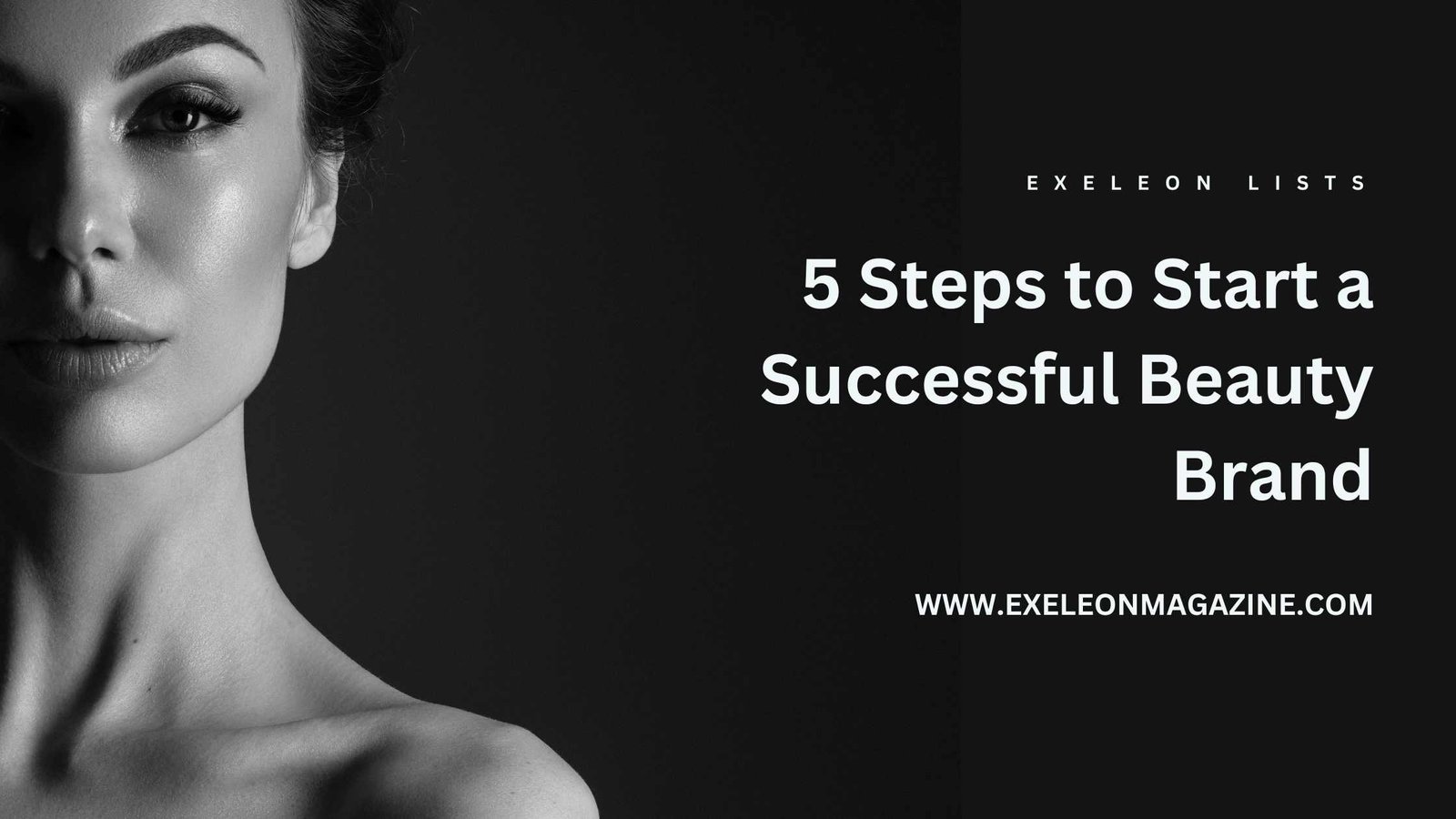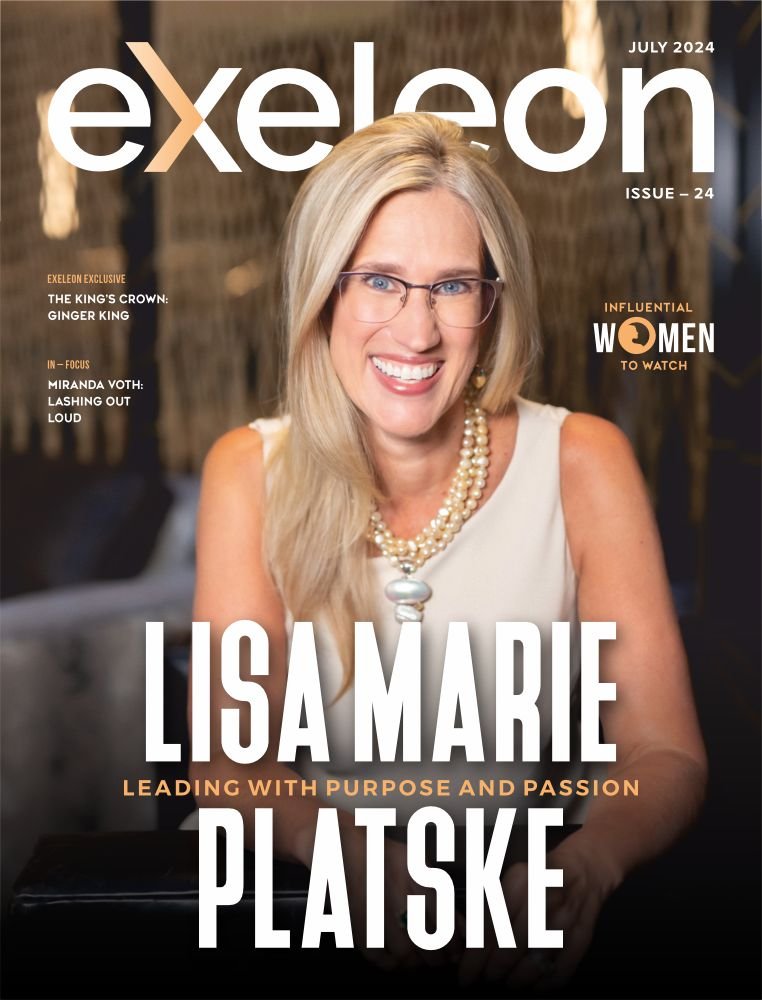
Starting a successful beauty brand as a small business means you’ll need to take an informed and calculated approach. It’s a highly competitive, deceptively niche market. And to be a success, you’ll have to dial in to what makes people tick. As well as what makes you stand out.
Herein, we explore five essential steps that will help you start a successful beauty brand in this competitive industry.
Step One: Define Your Beauty Brand Identity
As with any successful brand, its foundation lies in its identity. Make time to conduct extensive market research about your target audience’s preferences and needs regarding beauty products. Understand their pain points and aspirations goals when it comes to cosmetics.
This market intelligence will allow you to craft compelling brand mission, vision, and values statements that speak directly to prospective customers. So, creating an authentic brand image which stands apart from competitors. Shaping your identity this way makes something customers believe in. Something they want to buy into. And that’s how you create brand loyalty that really lasts.
Step Two: Conduct Comprehensive Market Research
Undergoing extensive market research is absolutely an invaluable asset to small business owners diving headlong into the beauty industry. Do this by studying industry trends, competitor strategies, customer behaviours, and gaps that your brand could fill within the marketplace; along with qualitative and quantitative data.
This market research provides you with knowledge necessary for strategically positioning your beauty brand in its respective marketplace. A position where you’ll be able to capitalize on every opportunity that presents itself.
Step Three: Formulate High-Quality Beauty Products
A brand and research is one thing. You’ll still need an excellent product to sell. That’s why success for any beauty brand lies within its products. Partner with experienced formulators like TCI and manufacturers to design premium, safe, and practical beauty offerings. And consider eco-friendly ingredients in response to consumer interest in eco-conscious offerings. Make sure to prioritize stringent testing procedures that’ll protect your brands integrity.
Everything from what you make to how you make it matters to start a successful beauty brand.
Step Four: Conceal Brand Identity and Packaging Solutions
Brand identity and packaging play an essential part in drawing customers in and fostering brand recognition.
Create a logo that reinforces your message to consumers and instantly catches their eye. Choose packaging that not only protects products but also represents those hard-won brand values. And always strive for consistent visual representation across marketing materials to build trust with audiences and boost loyalty.
Step Five: Build an Effective Online Presence and Marketing Strategy
Today’s digital landscape demands that every brand, beauty focused or not, have an impressive online presence. It’s something you’ll need to thrive and succeed. And it’s something every busy entrepreneur needs to get a handle on.
A user-friendly and visually pleasing website to showcase products and engage potential customers will help your beauty business stand out among competitors. While leveraging social media channels can amplify brand reach among beauty enthusiasts. Collaborating with influencers and industry experts to boost visibility and credibility. Couple all this with data-driven marketing strategies to optimize campaigns and you’ll be able to start a successful beauty brand in no time.
Conclusion
To start a successful beauty brand as a small business takes careful planning, research, and execution. But these 5 essential steps can help you build the basis of success within an ever-evolving industry.
Remember; consistency, quality, customer-oriented service as critical aspects to any reputable brand. And equipped with this knowledge, you’ll be taking the beauty market by storm.









